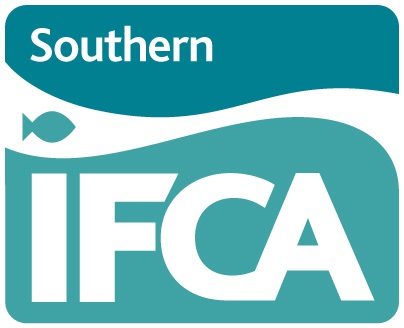A big, colourful duck, bigger than a mallard but smaller than a goose. Both sexes have a dark green head and neck, a chestnut belly stripe and a red bill (RSPB website). Adults arrive in the harbour in October. Breeding is over by July at which point local creches of youngsters can be seen and the balance of adults leave the harbour. They have been found to breed at Brownsea Island, Arne, Lytchett Bay, Green Island, Brands Bay, Goathorn Point, Newton Bay, Fitzworth and Studland (Birds of Poole Harbour website).
Measurements:
Length | 58-65cm |
Wingspan | 1.1-1.33m |
Weight | 0.85-1.4kg |
Links:
https://www.rspb.org.uk/birds-and-wildlife/wildlife-guides/bird-a-z/shelduck/ https://www.birdsofpooleharbour.co.uk/birds/?letter=S
